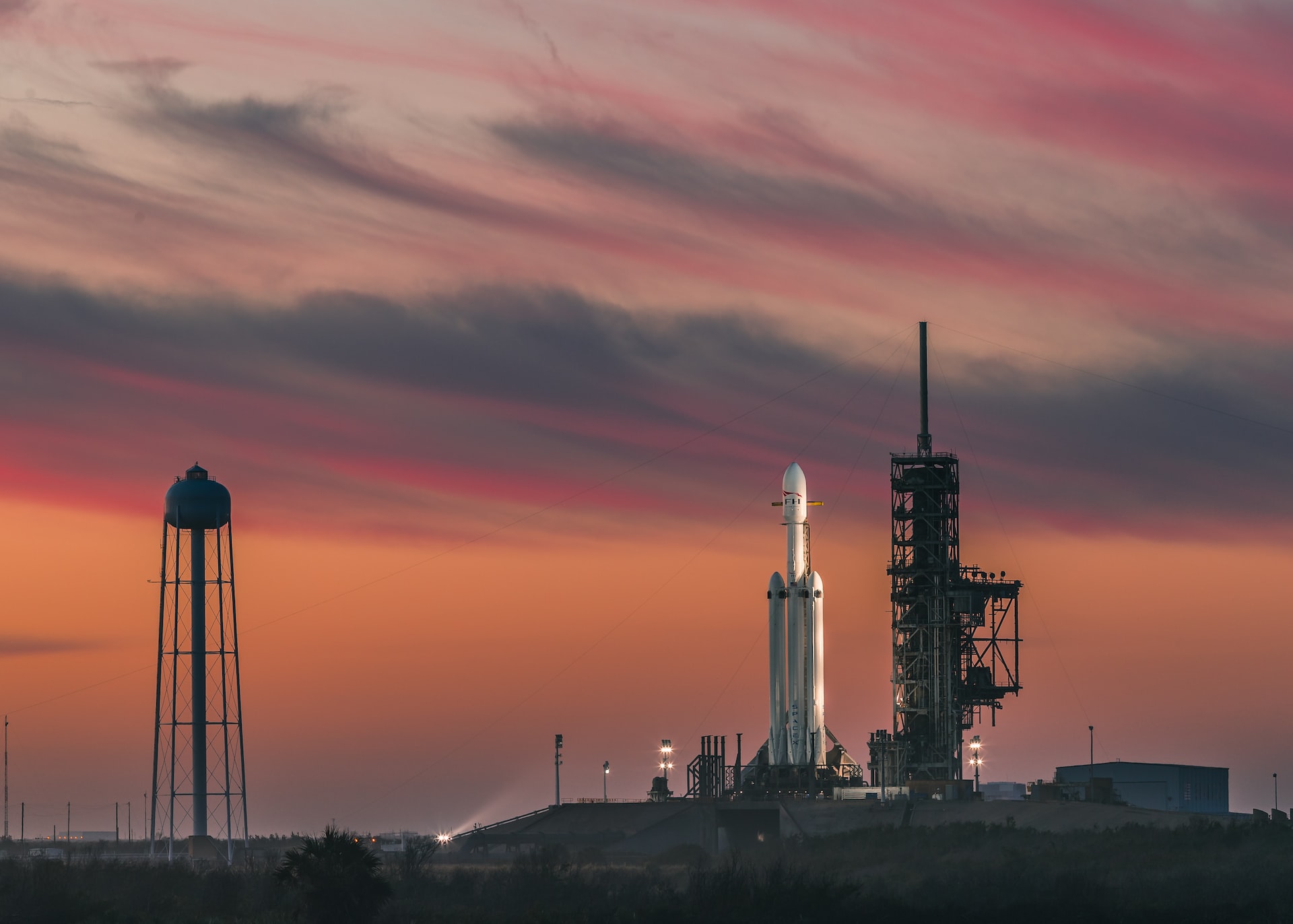The Mission of SpaceX: Exploring the Final Frontier and Revolutionizing Space Travel

SpaceX, founded in 2002 by billionaire entrepreneur Elon Musk, is a private space exploration company with the goal of reducing the cost of space transportation and eventually enabling the colonization of Mars.
The Birth of SpaceX
In a 2001 interview with Wired magazine, Elon Musk stated his reasons for starting SpaceX: “The goal of SpaceX is to help make humanity a multi-planetary species, and to do so in a way that is cost-effective and sustainable.”
Musk believed that the cost of space travel was too high, and that it was holding back the progress of space exploration. He saw an opportunity to create a new type of space company that would operate more efficiently and cost-effectively than traditional government-run space organizations.
SpaceX’s First Successes
SpaceX’s first successful mission was in 2008 when it became the first privately funded company to send a spacecraft into orbit. Since then, SpaceX has continued to make advancements in the commercial space industry, including becoming the first privately funded company to send a spacecraft to the International Space Station and the first to reuse a spacecraft for multiple missions.
Revolutionizing Space Transportation
One of SpaceX’s primary goals is to revolutionize space transportation by reducing its cost. The company has achieved this through the development of reusable spacecraft, which has dramatically reduced the cost of launching payloads into space. In addition, SpaceX has been developing new and more efficient rocket engines, which have further reduced the cost of space launches.
The Falcon Rockets
SpaceX’s primary launch vehicle is the Falcon 9 rocket, which has become one of the most reliable and cost-effective rockets in the world. The Falcon 9 is a two-stage rocket that is capable of carrying a large payload into space.
In addition to the Falcon 9, SpaceX has developed the Falcon Heavy, which is the most powerful operational rocket in the world. The Falcon Heavy is capable of carrying a larger payload into space than any other rocket, and it has been used for a variety of missions, including launching satellites and sending payloads to the Moon and Mars.
The Dragon Capsule
The Dragon capsule is SpaceX’s spacecraft that is used to transport payloads and astronauts to the International Space Station. The Dragon capsule is designed to be reusable, which has significantly reduced the cost of space transportation. In addition, the Dragon capsule is designed to be much safer than traditional spacecraft, which has increased the safety of space travel.
The Road to Mars
One of SpaceX’s ultimate goals is to establish a human settlement on Mars. Musk believes that this is necessary for the long-term survival of humanity, as it would provide a backup plan in case of a catastrophic event on Earth. SpaceX has been developing the technology necessary for interplanetary travel, including the development of the Interplanetary Transport System (ITS), a reusable spacecraft that is capable of carrying 100 people and cargo to Mars.
In a 2018 TED Talk, Elon Musk stated: “I think it’s possible for us to become a multi-planetary species, and it’s going to be important for the future of humanity to be able to be a space-faring civilization and to be out there among the stars.”
SpaceX’s Impact on the Future of Space Exploration
SpaceX’s advancements in space travel and exploration have the potential to change the world in unprecedented ways. The company’s commitment to reducing the cost of space travel and enabling the colonization of Mars has inspired a new generation of space entrepreneurs and has reignited the public’s interest in space exploration.
Furthermore, SpaceX’s innovations in reusable spacecraft and more efficient rocket engines are likely to have a significant impact on the cost of access to space, which will make it more affordable for governments, companies, and individuals to explore and utilize the vast potential of space.
SpaceX’s achievements and continued efforts in space exploration also have the potential to inspire a new generation of scientists, engineers, and space enthusiasts, who will be driven to continue the company’s mission of exploring the final frontier.
Conclusion
SpaceX’s mission of exploring the final frontier and revolutionizing space travel is a bold and ambitious endeavor that is pushing the boundaries of what is possible. The company’s accomplishments over the past two decades have shown that private companies have a vital role to play in advancing the commercial space industry and expanding humanity’s reach into the cosmos.
With the continued progress of SpaceX and other private space companies, the future of space exploration and travel looks bright, and it is exciting to imagine what the next decades will bring.





